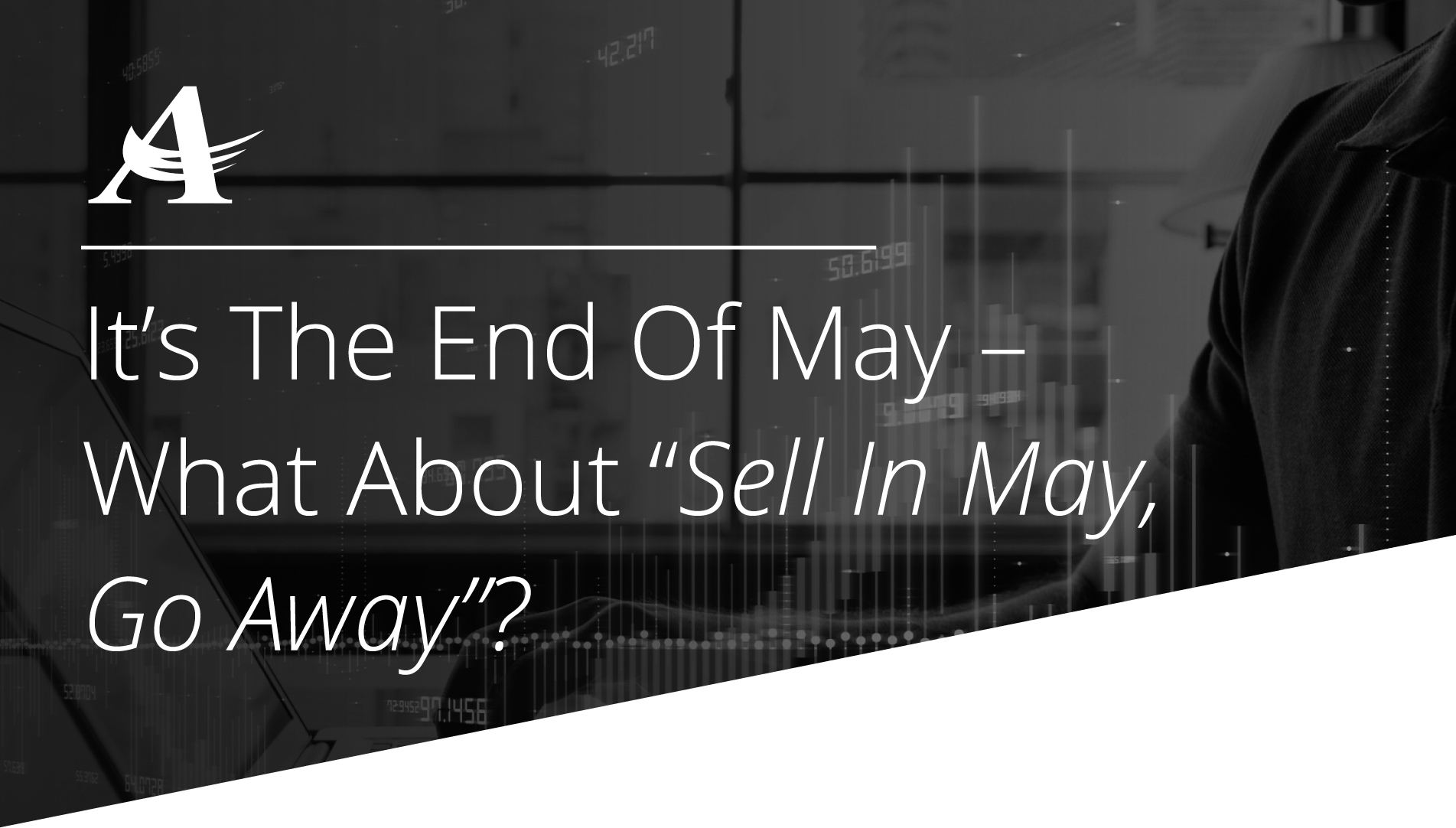

The old investment adage “Sell In May, Go Away” may have originated with an old English saying “Sell in May and go away, and come back on St. Leger’s Day.” At that time, British business owners, bankers, and aristocrats would flee London for beach residences during the summer, returning in time for the St. Leger’s Stakes, a mid-September horse race that represents the last leg of the British Triple Crown.
The American version of “Sell In May, Go Away” imagines traders leaving the cement jungle of New York City for the Hamptons, returning to Wall Street on Labor Day.
But does “Sell In May, Go Away” work positively for investors? A 30-year snapshot of the S&P 500 indicates that June, July, and August are historically the worst months of the year for markets, underperforming the rest of the year by around 1 percent.
The problem for someone adhering to the “Sell In May, Go Away” strategy is when to get back into the markets. We don’t have the “St. Leger’s” milestone in our culture: The United States Triple Crown ends in June, and Labor Day is often at the beginning of September.
One study showed that selling stocks at the end of May and buying back in October, over the past 30 years, would have resulted in a positive return of about 0.7 percent.
While “Sell In May, Go Away” seemed to have worked for decades, recent data paints a different picture for the strategy. Over the last five years, markets have behaved far less seasonally in summer months, and the difference between June to September and October to May haven’t diverged as in the past.
Experts differ on why the markets are different than they used to be, but Wall Street has experienced massive change, from the rise of programmatic trading to investors “baking in” projected future events into current prices.
One possibility may be that traders – even those in the Hamptons – can access key performance data from their smart phone.
Historically, “Sell In May, Go Away” may have had some credence. But the real tried-and-true rule may be found in finding an advisor you can trust and maintaining a balanced portfolio.